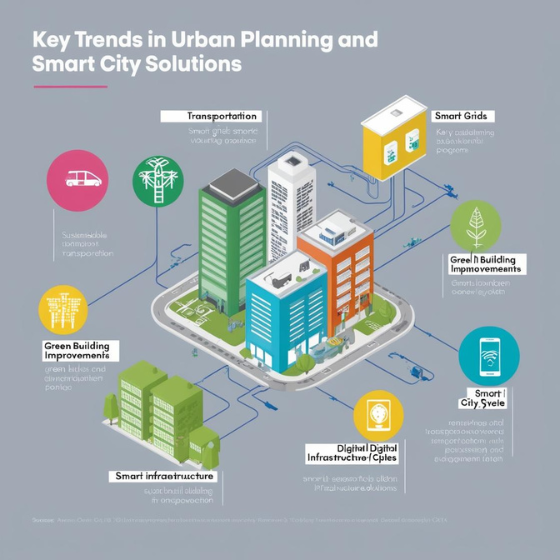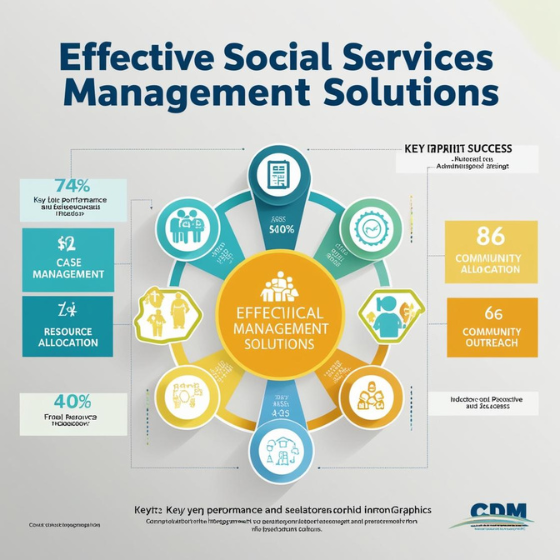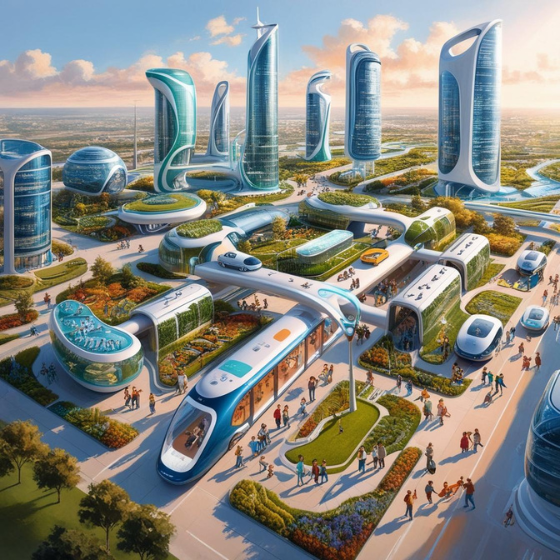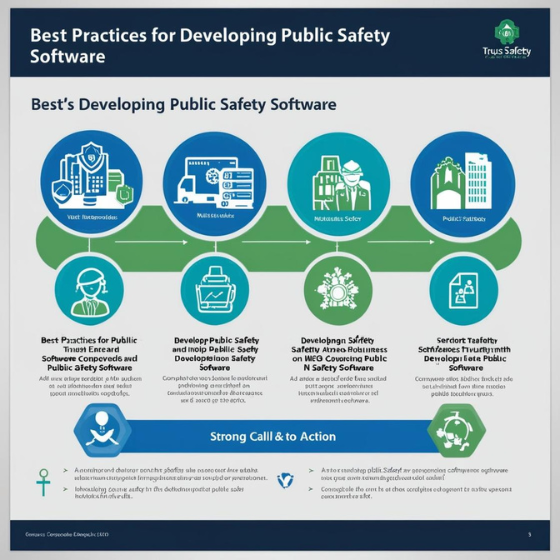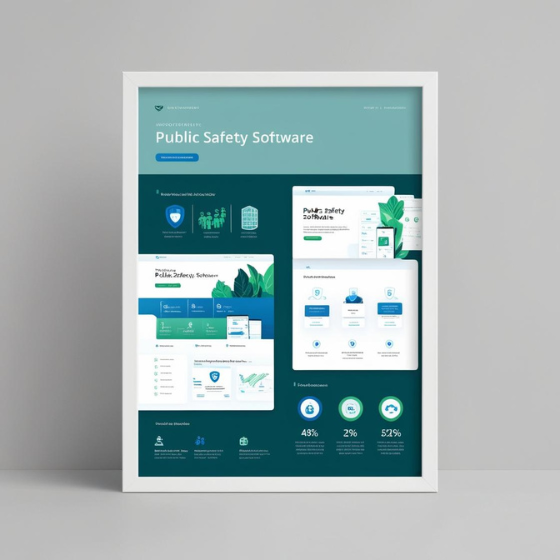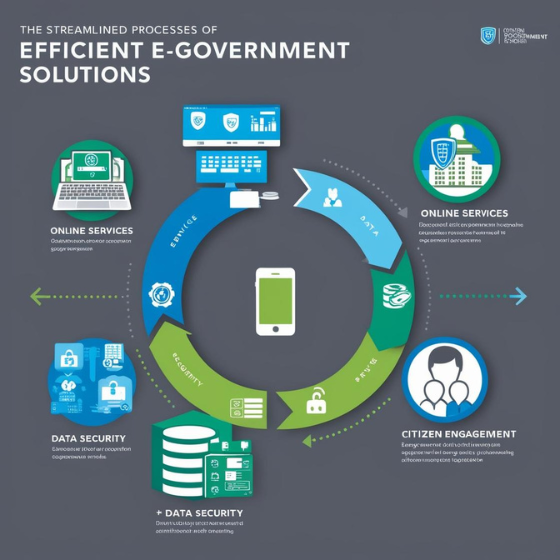Key Trends in Urban Planning and Smart City Solutions
As cities continue to grow, urban planning and smart city solutions play a crucial role in making cities more sustainable, efficient, and livable. Urban areas face complex challenges, such as overcrowding and resource management, and smart technologies are being used to solve these problems. Smart city solutions, such as IoT, AI, and big data, aim to improve city infrastructure and enhance the quality of life for residents.
In this blog, we’ll look at the key trends in urban planning and smart city solutions shaping the future of cities.
1. Smart Mobility Solutions
Transportation is one of the biggest challenges cities face today. Traffic congestion, inefficient public transport, and pollution can all impact daily life. Smart mobility solutions are revolutionizing how cities handle transportation. These solutions focus on making transportation more efficient, sustainable, and accessible.
Key Trends in Smart Mobility:
- Connected Vehicles and IoT: Smart sensors are used to collect real-time traffic data and optimize vehicle movement, reducing congestion.
- Electric and Autonomous Vehicles: Electric and self-driving vehicles are becoming more common. They help lower carbon emissions and offer alternative ways to travel.
- Mobility-as-a-Service (MaaS): MaaS combines different transport options—like buses, trains, and ride-sharing—into a single, easy-to-use platform.
These advancements make travel smoother, greener, and more efficient, improving the overall quality of life for urban residents.
2. Sustainable Urban Development
Sustainability is now a key focus of urban planning. As cities grow, there is an increased need for green spaces, clean energy, and eco-friendly buildings. Urban planners are using smart technologies to promote sustainability in urban development projects.
Key Trends in Sustainable Urban Development:
- Green Buildings and Energy-Efficient Design: Buildings are being designed to use less energy and reduce environmental impact.
- Smart Grids and Renewable Energy: Smart energy grids are helping cities manage their energy use more efficiently. Solar and wind power are also becoming more widespread.
- Urban Green Spaces: Creating parks and green roofs improves air quality and provides residents with recreational spaces.
Sustainability ensures that cities can adapt to environmental challenges like climate change and resource depletion.
3. Data-Driven Urban Planning
The role of data in urban planning is growing. With the help of big data, AI, and IoT devices, cities can now gather real-time data that informs decisions. This data helps cities optimize their operations, from traffic management to resource allocation.
Key Trends in Data-Driven Urban Planning:
- Smart Sensors and IoT: Sensors in the city collect data on traffic flow, air quality, waste management, and more. This data helps city planners make informed decisions.
- Predictive Analytics: By analyzing past data, cities can predict future trends and plan accordingly. For example, planners can forecast population growth or energy demand.
- Citizen Engagement through Data: Many cities now use data to engage residents, allowing them to give feedback or report issues directly to city officials.
Data-driven decisions help cities run more smoothly and improve service delivery.
4. Public Safety and Security Innovations
As cities become larger and more complex, public safety is more important than ever. Smart city solutions are helping cities respond faster to emergencies and prevent crime. Technologies like AI, predictive analytics, and smart surveillance systems are transforming public safety.
Key Trends in Public Safety Innovations:
- AI-Powered Surveillance: AI-enabled cameras can detect unusual behavior or identify suspects in real-time. This helps law enforcement respond quickly.
- Predictive Policing: By analyzing crime data, cities can predict where crimes are likely to occur and deploy resources accordingly.
- Smart Emergency Response: Data from multiple sources—like weather and traffic—helps emergency responders make better decisions and arrive faster.
These innovations make cities safer and more responsive to emergencies.
5. Citizen-Centric Urban Solutions
The goal of smart city planning is to improve the lives of the people who live in these cities. Technology is being used to create solutions that empower residents and foster a sense of community.
Key Trends in Citizen-Centric Urban Solutions:
- Smart Healthcare: Technologies like telemedicine and health tracking are improving access to healthcare and health outcomes.
- E-Government Services: Many cities offer online services, allowing residents to pay bills, apply for permits, or report issues from their smartphones.
- Public Engagement Platforms: Mobile apps and online platforms make it easier for residents to track city projects, share feedback, and get involved in decision-making.
These citizen-focused technologies make cities more inclusive, allowing residents to actively participate in shaping their communities.
6. Resilient Infrastructure and Disaster Management
Urban areas face increasing risks from natural disasters and climate change. Resilient infrastructure is essential for reducing the impact of these events. Smart technologies help cities prepare for disasters and adapt to changing conditions.
Key Trends in Resilient Infrastructure:
- Smart Water Management: Smart sensors track water use and detect leaks, helping to manage this valuable resource more efficiently.
- Disaster Preparedness Systems: AI and predictive analytics help cities forecast natural disasters like floods or earthquakes, enabling better preparation and response.
- Smart Buildings and Infrastructure: Sensors in buildings monitor structural integrity, helping prevent damage during extreme events.
These technologies help cities adapt to challenges and become more resilient in the face of disasters.
Conclusion
Urban planning and smart city solutions are changing how cities operate. From smarter transportation to greener buildings, these innovations are making cities more efficient and livable. As technology continues to advance, we can expect even more improvements in sustainability, mobility, public safety, and citizen engagement.
Want to learn more about how smart city solutions can improve your city? Contact Sodio and explore how our technologies can help you create a smarter, more sustainable urban environment.
